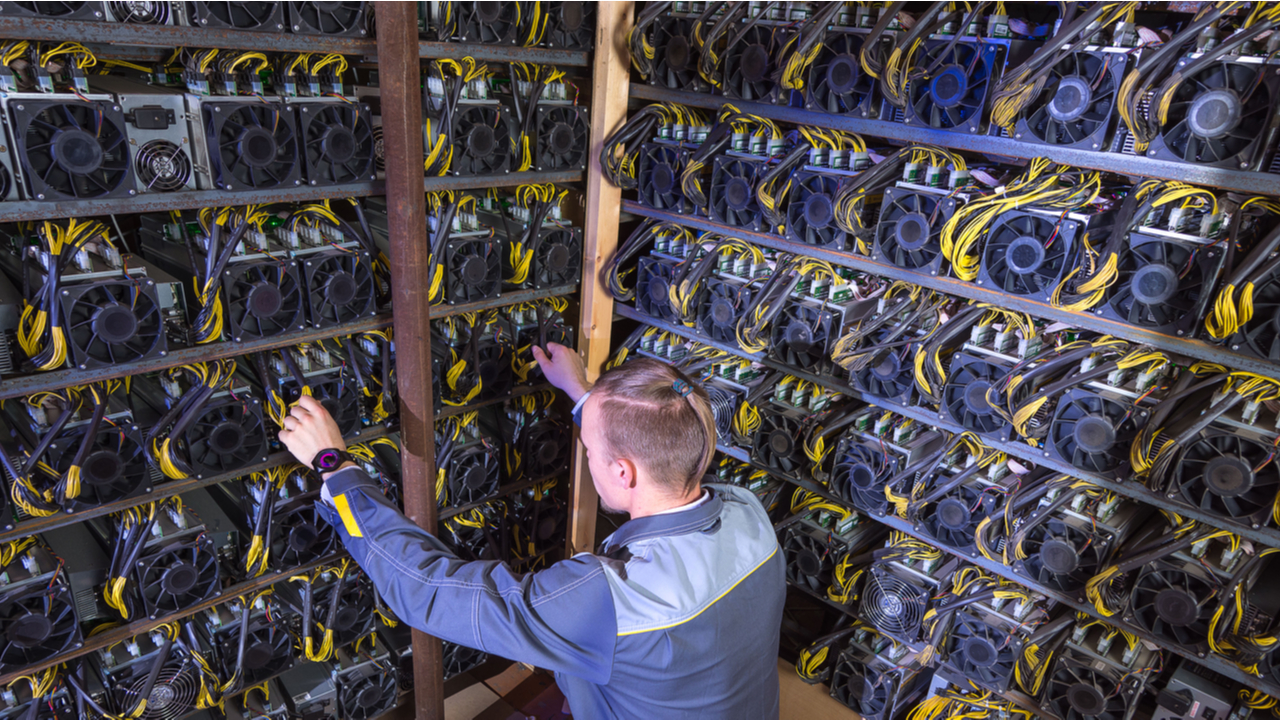Bitcoin mining used to be nothing more than a profitable side-project for cryptocurrency hobbyists. With the explosive popularity of Bitcoin, the mining process — and its surrounding technology — has seen significant innovation and growth.
Below, we prepared a quick look into the history of bitcoin mining and an overview of what its future might be like.
Mining as a Simple Home Project
When Bitcoin was still a relatively new concept, there was very little miner competition. Anyone could simply whip out a personal computer with decent specs to get started. The benefits of mining far outweighed its costs, so a lot of crypto enthusiasts were eager to get their share of the pie.

The Rise of New Hardware
As more and more people mined and competed for block rewards, ordinary CPU computers were no longer able to match the speed required for the growing level of difficulty. Eventually, chips and computers dedicated solely to bitcoin mining emerged. These include:
- Graphics processing unit (GPU) devices are dozens of times more efficient than CPUs. CPUs typically compute mathematical operations one after the other, but GPUs can do parallel computations. More importantly, mining on a GPU device required minimal technical skills. This attracted even more new players to enter the industry.
- After miners switched to GPUs, mining difficulty continued to increase. In 2011, field-programmable gate arrays (FPGAs) presented a revolutionary breakthrough. FPGAs use a third of the power that GPU devices use. They can also do mathematical computations twice as fast as a top-tier GPU.
- In 2013, a Chinese hardware manufacturer introduced the first application-specific integrated circuit (ASIC) systems. These were designed specifically with bitcoin mining in mind. ASIC devices are around 100 billion times faster than the average CPU from 2009.

Mining Pools and Farms
The first mining pool (Slush Pool) emerged in 2010, when solo miners realized that they can increase their chances of finding a block if they consolidate their computing resources with other people. If the pool is able to solve a block successfully, the rewards are divided in proportion to how much each one contributed in terms of computing power.
Mining farms also eventually emerged when soaring power costs forced individual miners and mining companies to seek places or countries where they can get electricity cheaper, like China.
Solar Mining
As mentioned above, energy costs are one of the biggest hurdles that miners have to overcome if they want to compete with large mining companies. Some of them have started to look for alternative ways to generate power for their operations cost-effectively. Solar energy is one promising option. Running a solar-powered mining operation is virtually free once the installation costs are out of the way.
TheBitcoinMiner – Follow him on youtube
Cloud Mining
Cloud mining refers to a method of mining that uses cloud computing power instead of on-site hardware and software. This is a great option for those who can’t afford the setup costs of Bitcoin mining but are still interested in getting their feet wet. This model doesn’t just offer greater accessibility, it also reduces costs associated with maintenance and energy requirements.
The Future of Bitcoin Mining
Many experts believe that bitcoin mining is currently at a standstill. There hasn’t been any new and groundbreaking hardware to drastically advance mining efficiency in the past few years.
However, the lure of mining is still as tempting and lucrative as ever. Competition for rewards will most likely continue to stimulate innovation. Many computer scientists, in fact, have pointed to quantum computing as the next possible breakthrough in mining. However, until quantum computers become more accessible and less expensive to set up, the next major development in bitcoin mining is yet to be determined.






Leave a Reply